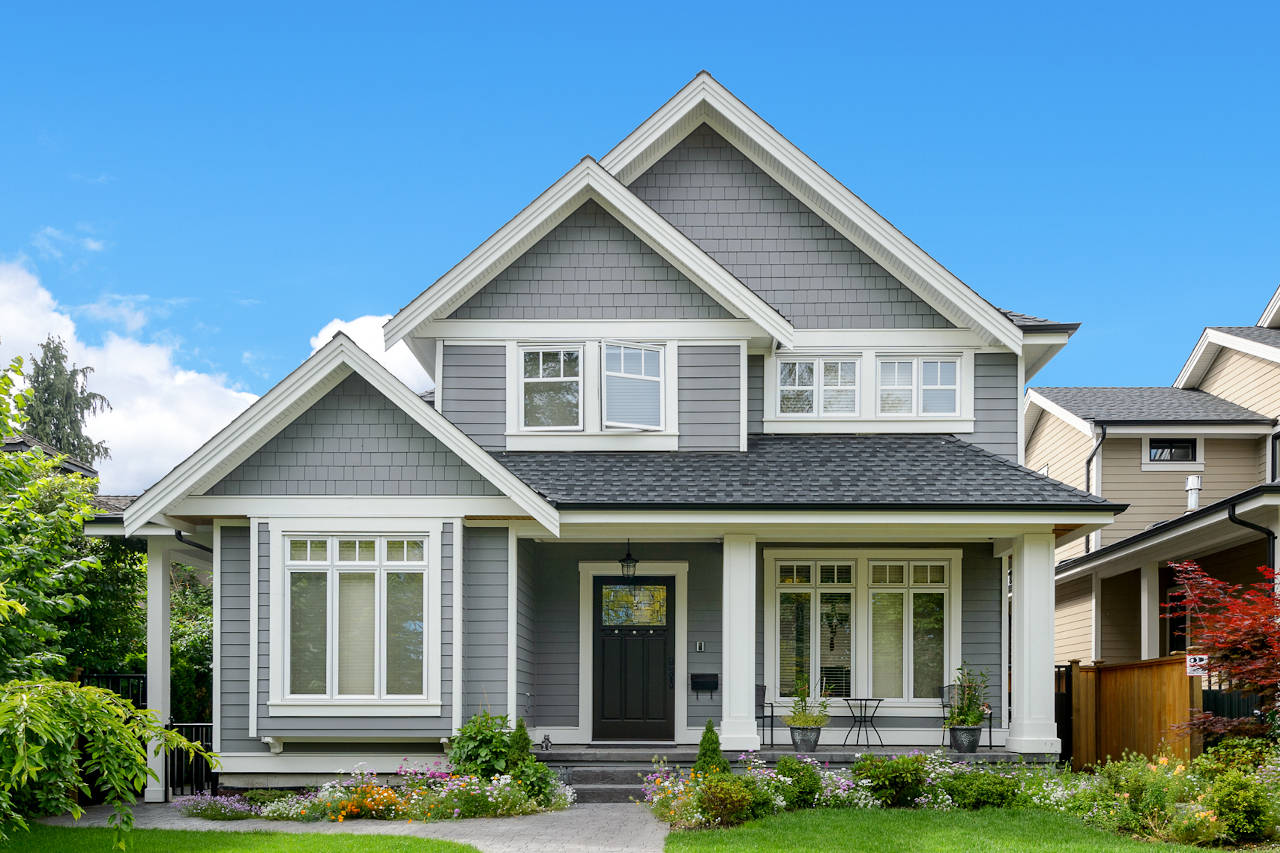Siding Material Calculator
How to Measure for Siding

If you’re planning a siding replacement project or preparing to install a new exterior, take the time to estimate the size of the project as your first step. Doing so will help with estimating material and labor costs.
While different types of siding may come in different styles and may be installed in varying ways, they all require correct measurements for the best results.
How Much Is a Square of Siding
Siding is often estimated and priced by the square. A Square is a term used by contractors,
installers, and building suppliers and is a unit of measure equal to 100 square feet of
material.
Most popular types of siding, like vinyl siding, are commonly estimated by the square to
determine how much labor and material is needed.
One square of siding will cover 100 square feet. Siding may be packaged and sold in varying
quantities of squares. For example, an average box of vinyl siding contains two squares of
material.

To find the number of squares of siding needed for an installation, measure the width and height
of each wall in feet. Multiply the width and height to get the area of the wall in square feet.
If your walls are in a mixture of partial and total feet, round up to the nearest whole foot.
For example, if one wall is 12.4 feet and one is 20.8 feet, round to 13 and 21 feet,
respectively, before multiplying.
How to Measure Gable Walls
Finding the square footage of a gable wall is similar to finding the square footage of a standard
wall. Measure the width of the gable and the height of the gable from the base of the triangle
to the peak.
Then multiply the width and height, just like you would to find the area of a rectangle.
Finally, divide the area in half to get the final square footage. Divide by 100 to get the
number of squares.